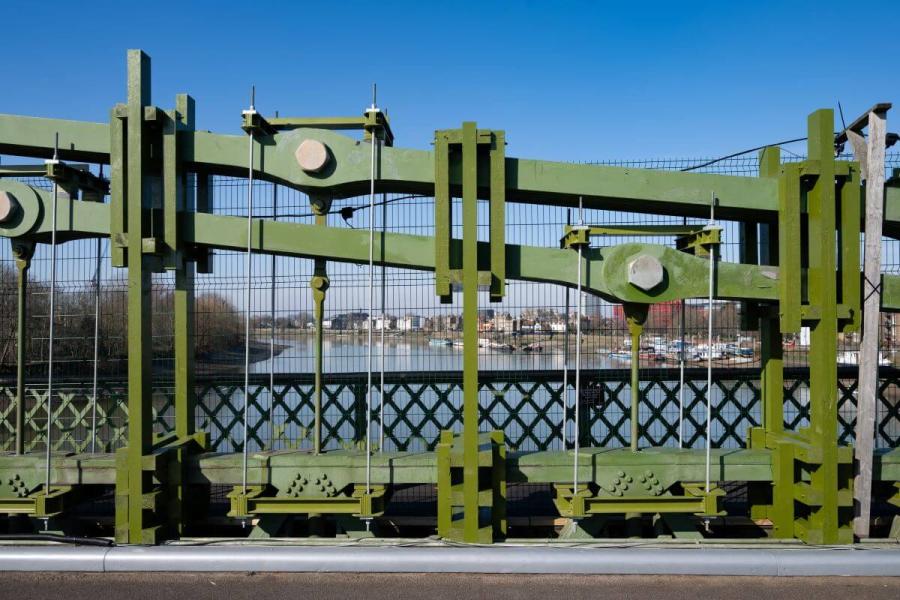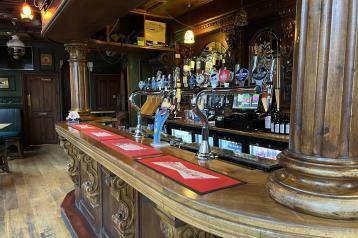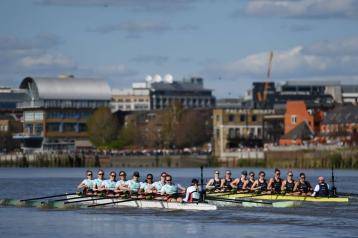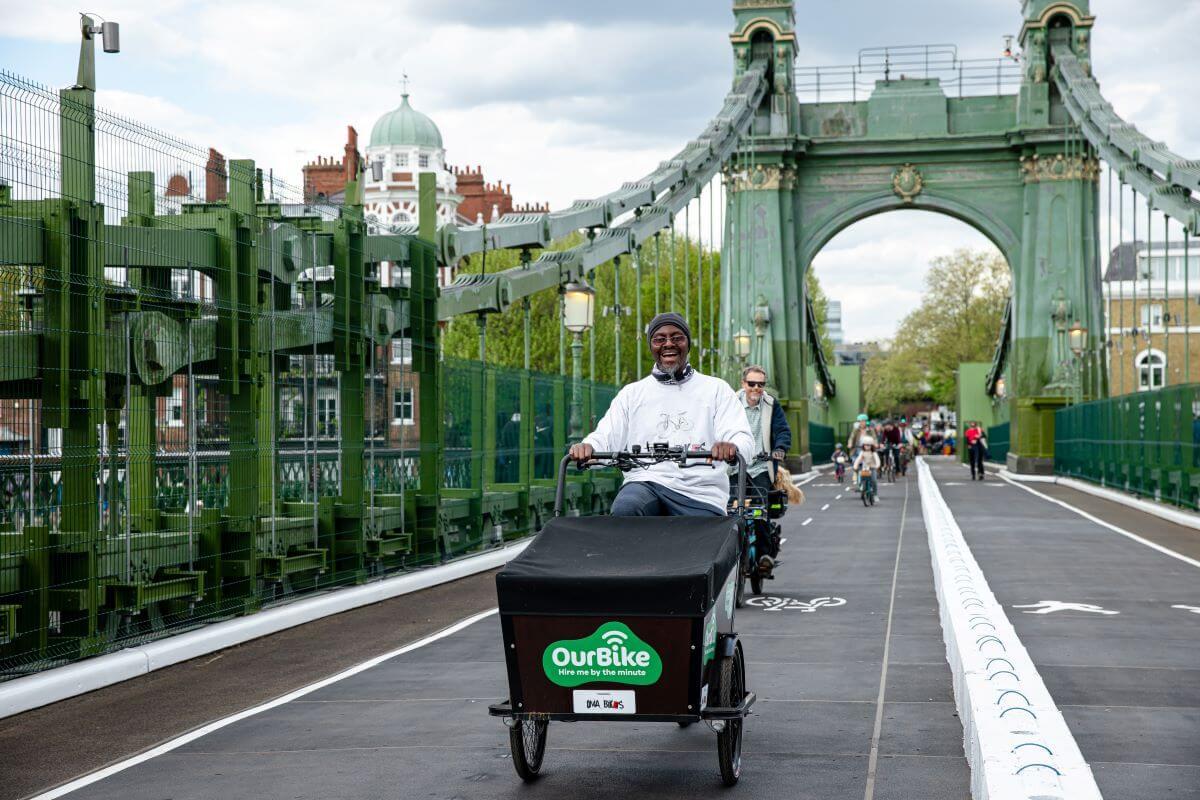
Hammersmith Bridge's main carriageway has reopened with new decking after a £2.9 million transformation to improve the experience for pedestrians, cyclists and e-scooter users.
There are now three separate lanes – one dedicated for cyclists traveling north, another for cyclists traveling south and a third two-way pedestrian path. The outer footways will also remain open to pedestrians only.
The new wider pedestrian lane offers more space, improving accessibility for people who use wheelchairs. E-cargo bikes, which fit between the newly-installed 1.2m wide anti-terror barges, are also being trialled on the bridge to shuttle older and Disabled residents as well as young children. They will use the cycle lanes.
The new decking has been funded by a £2.9m grant from the Department for Transport (DfT). The DfT has also granted Hammersmith & Fulham Council £4.7m for works to support the bridge hangers which connect the deck to the suspension chains.
Cllr Sharon Holder, Cabinet Member for Public Realm, said:
We are grateful to the DfT for the grant funding that has enabled us to re-open the main carriageway with new decking as well as carrying out the essential work to support the hangers."
The reopening of the main carriageway comes after our expert engineers successfully stabilised the Grade II*-listed Victorian bridge.
Hammersmith & Fulham Council has spent a total of £48million restoring and keeping Hammersmith Bridge safe since August 2020 – when it was fully closed on safety grounds.
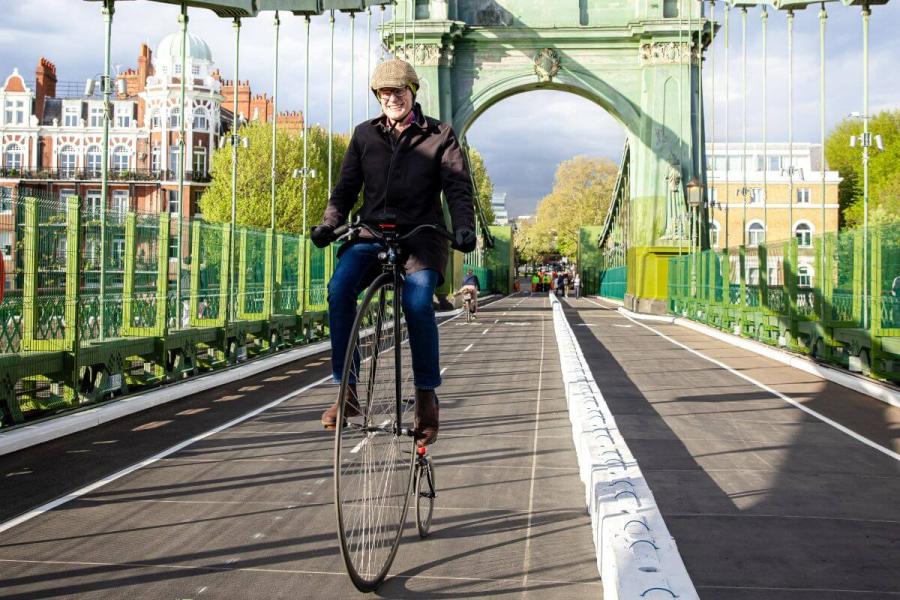
Redecking complete
Our engineers removed more than 1,000 deteriorated deck and footway panels for the main carriageway. Watch the first stage of redecking on YouTube.
Engineers replaced all the worn wooden deck boards, repaired some bulk timbers that support the decking, resurfaced the carriageway and walkways and installed anti-terror safety measures on the historic bridge.
H&F is trialling e-mobility options to shuttle residents across the bridge, notably older and Disabled people, subject to a 1.5-tonne vehicle weight limit imposed by safety experts. See the photos here.
We'll continue to monitor the number of pedestrians and cyclists safely crossing the bridge at one time to prevent overloading of the historic structure.
Repairs still needed
The work to stabilise the bridge combined cutting-edge engineering with careful preservation of one of the world's oldest suspension bridges. It was completed in the following stages:

- Our world-leading engineers strengthened all four corner cast-iron pedestals with fibre-reinforced concrete, after meticulously planning off-site using a replica pedestal.
- Customised steel frameworks were installed to support the historic structure during the jacking operations. To make the frames, the steel was imported in 29 giant sheets and then cut into 1,220 bespoke pieces.
- The bridge was carefully lifted off its original Victorian bearings using a hydraulic jacking system. This allowed engineers to replace the seized bearings with modern rubber ones, ensuring the bridge can now respond safely to temperature changes and movement.
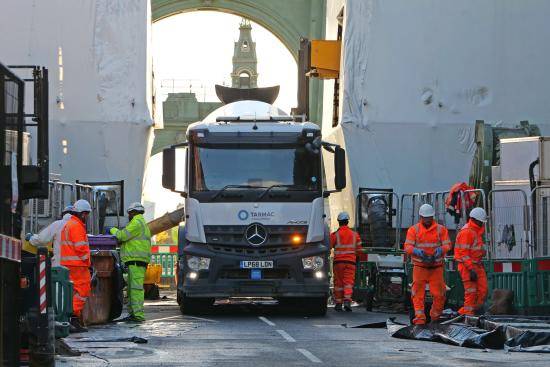
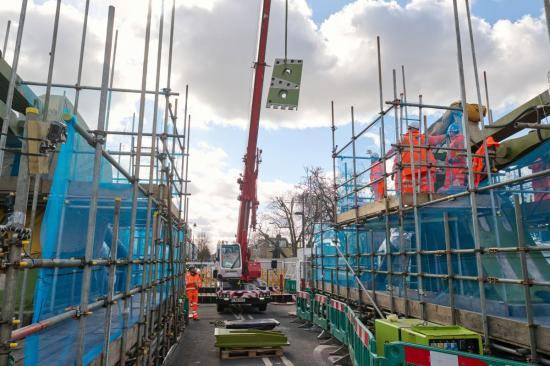
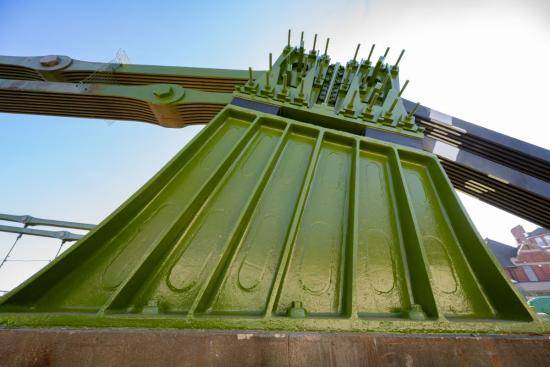
The stabilisation works became necessary after an investigation commissioned by Hammersmith & Fulham Council revealed fractures in the cast-iron pedestals – critical components that hold the suspension system in place. These fractures placed the bridge at risk of catastrophic collapse.
This was the first phase of the complex and unprecedented work required to fully restore the historic bridge. However, the bridge remains "sub-standard" and will still require monitoring and significant maintenance work to keep it open.
H&F and the DfT are currently considering a range of options and engineering solutions for the long-term future of the bridge.
Hanger repair work
Engineers are reinforcing the old and overstressed hangers on Hammersmith Bridge.
The 172 hangers – poles that connect the bridge deck to its suspension chains – run along both sides of the historic suspension bridge. These structures connect to bearing joints which allow the bridge's deck to flex and move.
Steel rods have been temporarily installed to alleviate the pressure on the hangers, prior to the permanent repair work which will see the deck-end bearings replaced. Our team is also regularly greasing the joints to support the movement of the suspension bridge.
